Teaching
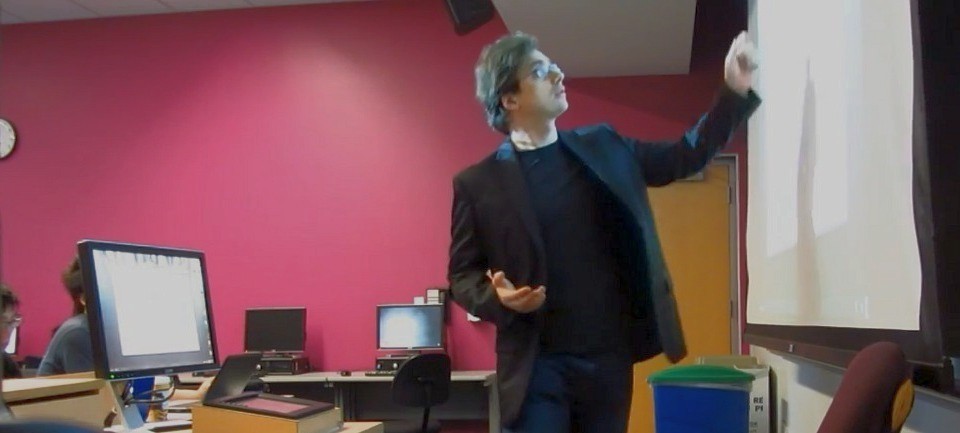 In the classroom (IAT 265)
In the classroom (IAT 265)
Download my teaching portfolio as a compressed PDF (954 kB)
I am interested in teaching university classes on a wide array of subjects, including:
- Design theory & design cognition
- Human-computer interaction (HCI)
- Human-centered design (HCD)
- Design computing & computational design
- Computer-aided design (CAD)
- Cloud platforms and systems
- Big-data, data sciences, data engineering and databases
- Artificial intelligence (AI) and machine learning (ML)
- Materials in design & Product design
Georgia Tech, USA
I had the opportunity to teach the following graduate-level (MSc and PhD) course for students at the School of Architecture, Georgia Tech.
Advanced Design Scripting (ARCH 6502/8833)
I re-designed and taught the Advanced Design Scripting course (ARCH 6502/8833), in which MSc and PhD students learned how to develop prototypes of computational tools for conceptual architectural designs of floor plans, as well as develop extensions (plugins) for a widely adopted BIM application (Autodesk Revit).
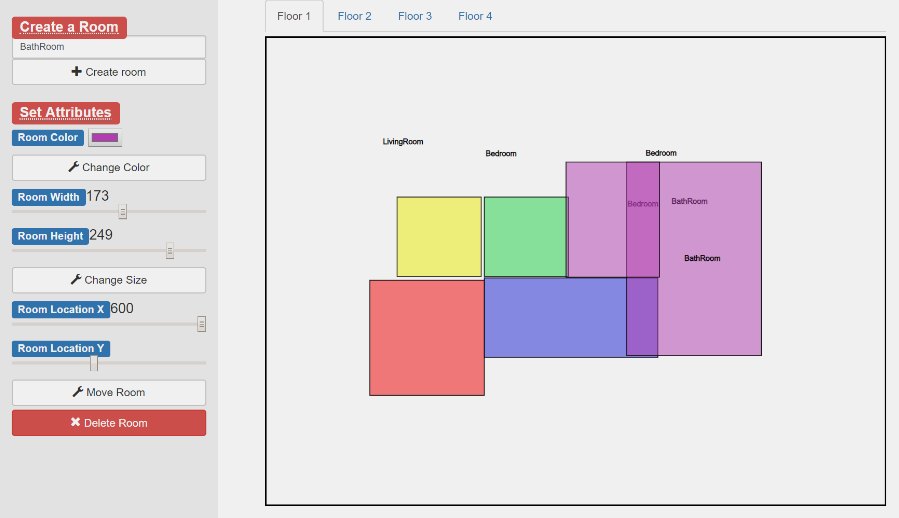 Screenshot of a prototype tool developed by a student in the ARCH 6502/8833 course, School of Architecture, Georgia Tech
Screenshot of a prototype tool developed by a student in the ARCH 6502/8833 course, School of Architecture, Georgia TechIn addition to technologies such as Autodesk Revit, C#, and Node.js, MSc and PhD students of architecture interested in CAD research had the opportunity to learn about types of evaluation methods in designing interactive products, how to conduct a simple user study, and how to produce an improved iteration of their prototype tool based on study feedback.
Simon Fraser University, Canada
At Simon Fraser University I taught and led studio labs in first-, second-, and third-year undergraduate courses that were very strongly related to interaction and product design, including:
Materials in Design (IAT 336)
A third-year course with emphasis on materiality in design, product design processes, product affordances and interactions, as well as HCD and design thinking. Typical final project artifacts included a pair of novel tabletop speakers, survival radios, timepieces, and lattice lamps, which were developed using conceptual sketching as well as blue foam, cardboard, and styrene prototyping. Particular emphasis was placed on ways to interact with any of these artifacts, as well as interaction affordances.
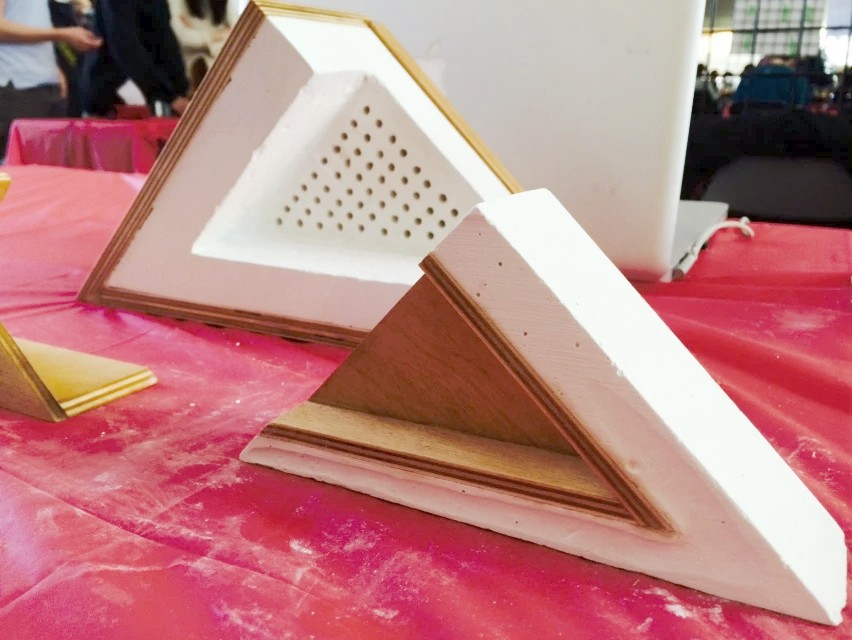 Stereo speakers made using wood, plaster, wiring, and electronics. Final project developed by an IAT 336 course student (Fall'14)
Stereo speakers made using wood, plaster, wiring, and electronics. Final project developed by an IAT 336 course student (Fall'14)
Interaction Design Methods (IAT 333)
A third-year course on interaction design and user experience methods such as ethnography, personas, cultural probes, design games, role-playing, scenarios, participatory workshops, and prototyping. Typical final project artifacts included interactive kiosks, art installations, as well as mobile, web, and Arduino applications.
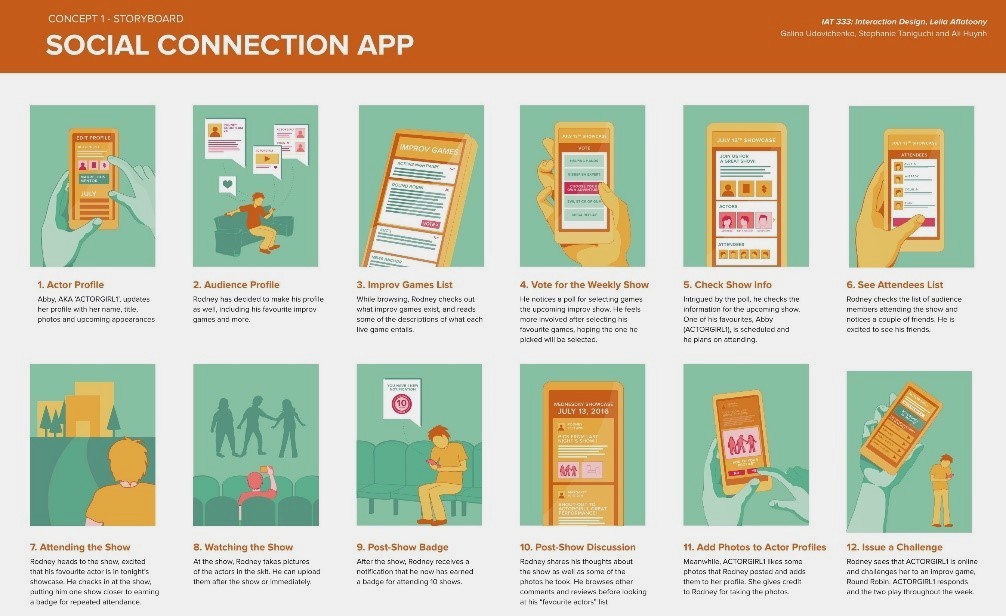 Conceptual interaction storyboard developed by an IAT 333 course student (Fall'17)
Conceptual interaction storyboard developed by an IAT 333 course student (Fall'17)
Multimedia Programming for Art and Design (IAT 265)
A second-year programming course that enhanced students’ programming knowledge and skills so that they were able to propose, design, implement, and test complete interactive graphics and multimedia programs in design, animation, cinema, and music.
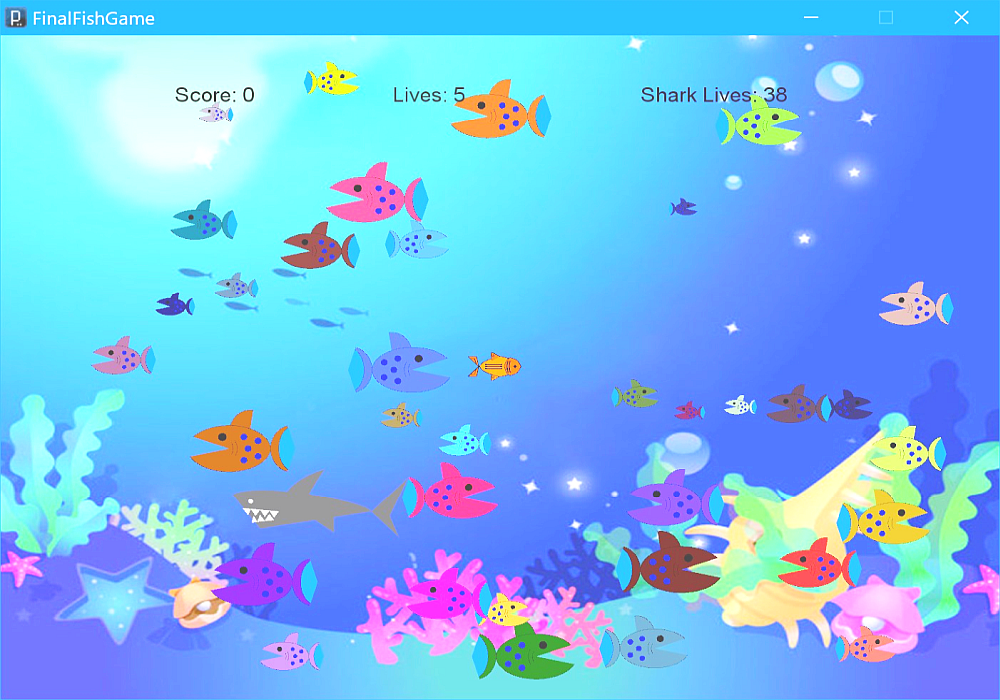 Computational prototype (2D video game) developed by an IAT 265 course student (Fall'12)
Computational prototype (2D video game) developed by an IAT 265 course student (Fall'12)
Drawing as Inquiry (IAT 208)
A second-year introductory course on various forms and languages of sketching and drawing, with a focus on visual perception and observation in order to depict subjects accurately. Topics taught included human forms, anatomical structures, proportions, perspective of architectural forms, spaces and landscape, while using drawing media such as paper and pencil, charcoal, markers, and watercolors.
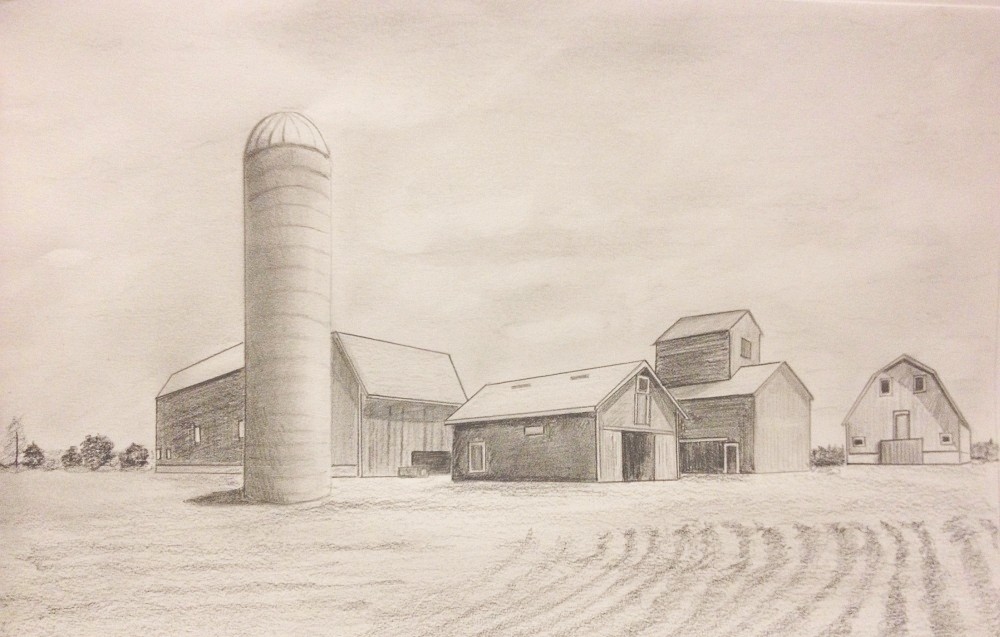 Sketch drawn by an IAT 208 course student (Spring'15)
Sketch drawn by an IAT 208 course student (Spring'15)
Spatial Thinking and Communicating (IAT 106)
A comprehensive first-year foundations course that aimed to provide students with the basic knowledge and technical skills required to envision three-dimensional structures, to visualize and think in three dimensions, and to analyze and solve specific spatial thinking problems. Techniques taught included isometric and perspective sketching, computer-based geometric modeling, and physical modeling.
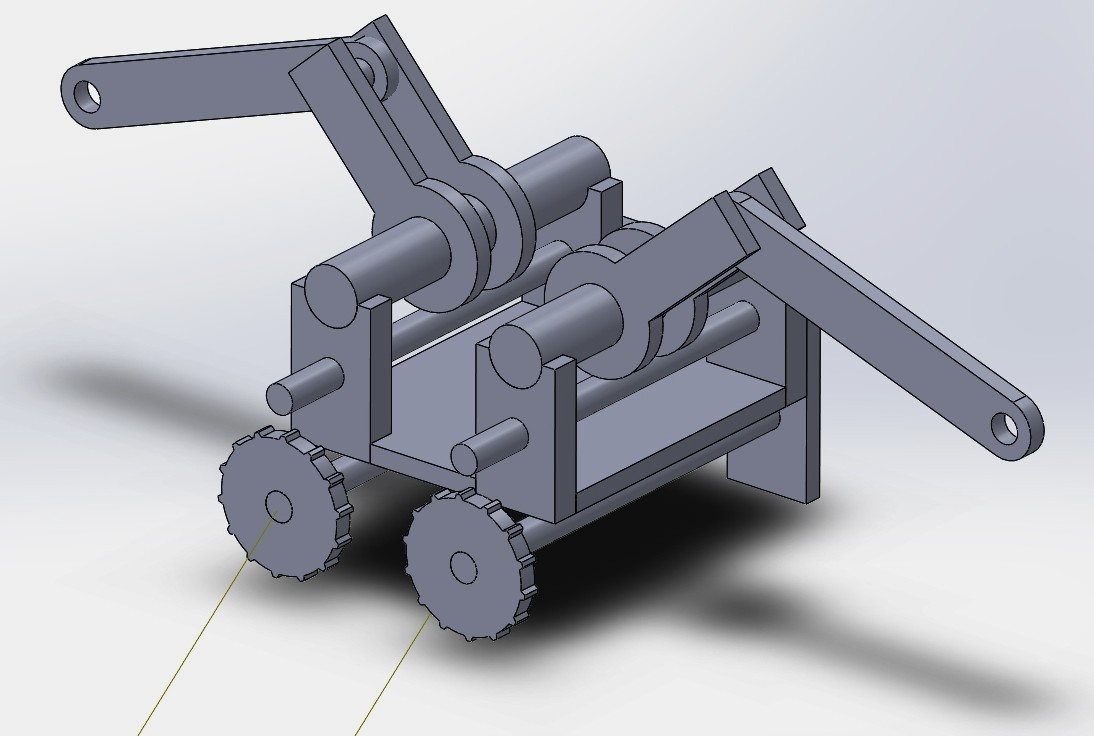 SolidWorks model developed by an IAT 106 course student (Spring'17)
SolidWorks model developed by an IAT 106 course student (Spring'17)
Next section: About